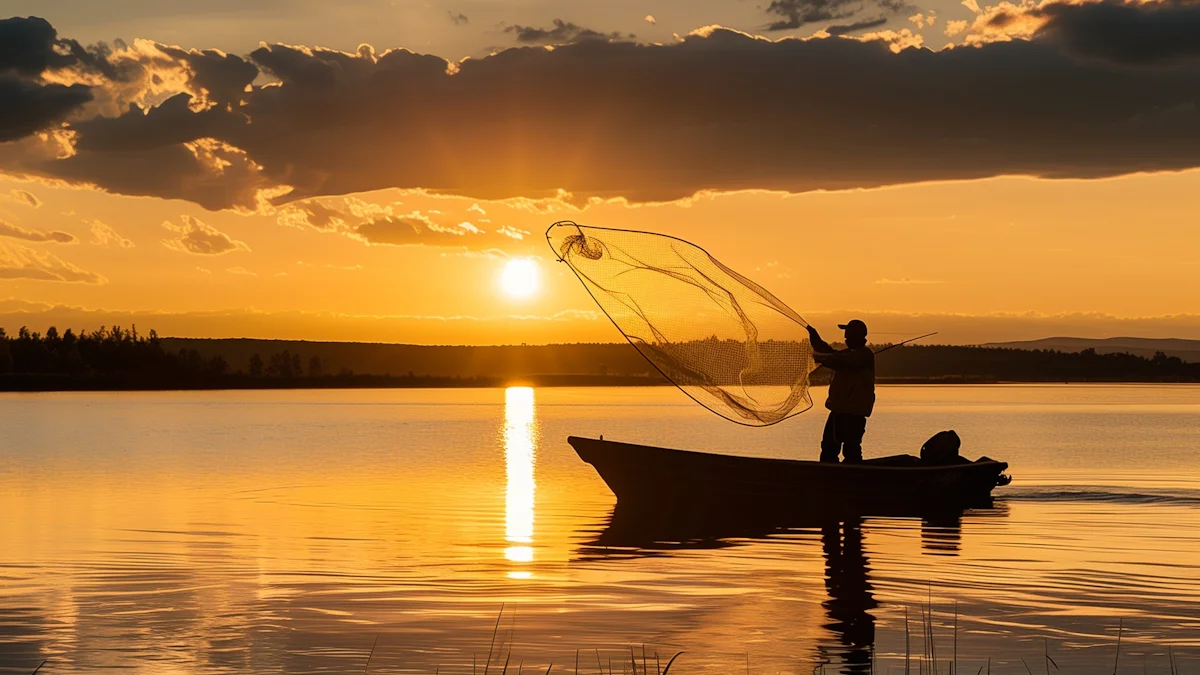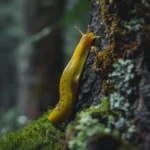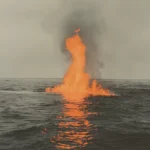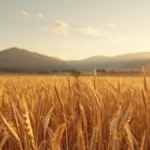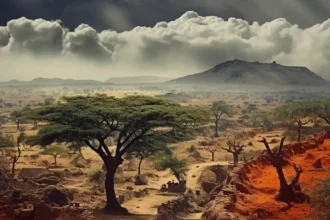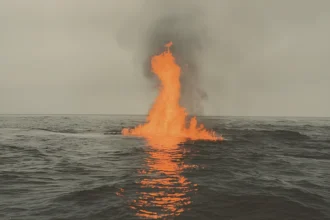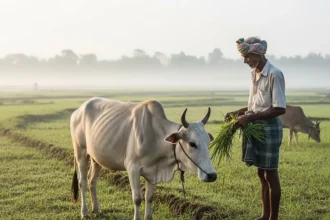Scientists have made an important discovery about how changing monsoons affect food sources in the Bay of Bengal. According to The Hindu, a team of researchers studied how monsoon rains have changed marine life in this important ocean area over the past 22,000 years. This study reveals that when monsoons become too extreme – either too strong or too weak – the amount of food available for sea creatures can drop by as much as half.
The research team was led by Kaustubh Thirumalai from the University of Austin and included scientists from many countries like India, China, Europe, and the United States. They worked with Yair Rosenthal from Rutgers University to examine how the ocean has responded to climate changes over thousands of years.
How Scientists Studied the Past
How do you learn about ocean conditions from thousands of years ago? The scientists collected tiny sea shells from the ocean floor. These shells come from microscopic creatures called foraminifera, which are like tiny animals that lived in the ocean and left behind hard shells when they died.
By analyzing the chemical makeup of these shells, researchers could tell what the ocean was like long ago. They looked at how much food was in the water, how warm it was, and how much freshwater from monsoon rains was flowing into the Bay of Bengal.
The team focused on specific time periods including one called Heinrich Stadial 1 (about 17,500 to 15,500 years ago) and the Early Holocene (about 10,500 to 9,500 years ago). During these times, the Earth’s climate was changing significantly, making them perfect examples to study.
Also Read: A study reveals climate change threatens 91% of endangered species in America, highlighting urgent biodiversity conservation needs. Read Here.
What Happens When Monsoons Get Too Strong or Too Weak
According to EurekAlert, the study found that extreme monsoon conditions – whether too much rain or too little – can seriously harm ocean food production. When monsoons are too strong, too much freshwater pours into the ocean, creating a layer of lighter water on top that prevents nutrients from mixing properly.
When monsoons are too weak, not enough nutrients wash into the sea from rivers, and the ocean water doesn’t mix well either. In both cases, tiny ocean plants called phytoplankton – which are the base of the food chain – cannot grow properly. This affects all the fish and other sea creatures that depend on them.
The most surprising finding was that marine productivity – the amount of food produced in the ocean – could drop by up to 50% during extreme monsoon periods. This means that half the normal food supply for marine life could disappear when monsoons change dramatically.
Why the Bay of Bengal is Special
It’s an amazing fact that the Bay of Bengal provides nearly 8% of the world’s fish production despite covering less than 1% of the global ocean area. According to Science Direct, this happens for several important reasons.
The Ganges-Brahmaputra river system brings rich nutrients into the bay, creating perfect conditions for tiny ocean plants to grow. The area also has seasonal winds that help mix the water and bring more nutrients to the surface.
The bay has diverse habitats like mangrove forests and river mouths that provide excellent homes for fish and shellfish. It also has a wide, shallow continental shelf – the underwater extension of the land – which creates ideal breeding grounds for many fish species.
What This Means for Coastal Communities
According to Business Today, millions of people living along the coasts of Bangladesh, India, and Myanmar depend heavily on fishing for their food and income. These coastal communities get much of their daily protein from the seafood caught in the Bay of Bengal.
The study is a serious warning that future climate changes could threaten food security for these communities. As global warming continues, scientists predict that monsoons will become more extreme – either bringing too much rain or not enough – which could disrupt the delicate balance that makes the Bay of Bengal so productive.
According to the University of Arizona, warmer surface waters and stronger freshwater runoff from more intense monsoons could create conditions that reduce marine productivity. This means less food for both marine life and the people who rely on the ocean.
Key Changes During Different Time Periods
- During Heinrich Stadial 1 (17,500-15,500 years ago): Marine productivity dropped significantly due to weakened monsoons
- During Early Holocene (10,500-9,500 years ago): Changes in ocean mixing affected food availability
- Present day: Increasing concerns about future productivity with changing climate
Scientists are continuing to study these patterns to better understand and predict how future climate change might affect ocean productivity. By looking at the past, they hope to prepare for what might happen in the coming decades as our climate continues to change.
This research highlights how closely connected our weather systems, oceans, and food supplies truly are. What happens in the atmosphere affects the ocean, which then affects the fish you might eat for dinner. It’s a complex chain that scientists are working hard to understand better.
As climate patterns continue to shift around the world, this study gives you an important warning about how these changes might affect your seafood supply and the livelihoods of millions of people who depend on healthy oceans.
